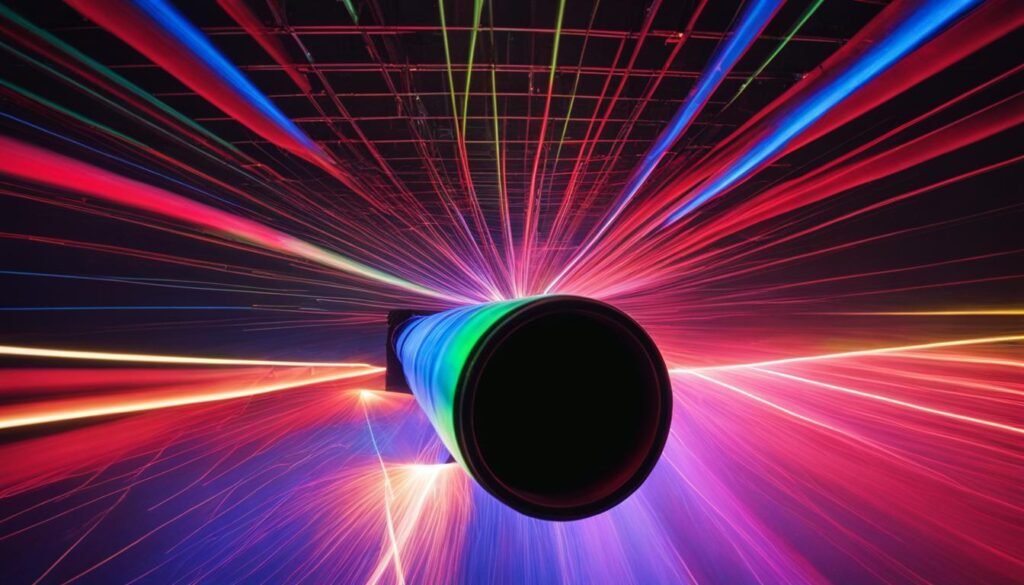Contents

Source: ResearchGate
<>
Fundamental Mode Locking in Lasers
Understanding Fundamental Mode Locking
Fundamental mode locking in lasers involves the synchronization of a single light pulse circulating within the laser resonator. This process contrasts with harmonic mode locking, where multiple pulses are present in the resonator.
Advantages and Disadvantages
One advantage of fundamental mode locking is the avoidance of potential instabilities associated with harmonic mode locking. Additionally, setups utilizing fundamental mode locking are typically more compact. However, lasers employing harmonic mode locking may offer lower levels of laser noise.
Applications and Challenges
In applications requiring high pulse repetition rates in the gigahertz range, such as optical data transmission, fundamental mode locking necessitates a short laser resonator. Technologies like monolithic diode lasers have emerged as competitors to harmonically mode-locked external-cavity diode lasers and fiber lasers.
For passively mode-locked bulk lasers aiming for high repetition rates, achieving fundamental mode locking poses challenges, including Q-switching instabilities. Despite this, advancements have led to the development of lasers capable of operating at pulse repetition rates ranging from tens of gigahertz to as high as 160 GHz.
Future Developments
Continued research in the field of fundamental mode locking is essential for enhancing the performance and versatility of mode-locked lasers. Innovations in laser technologies and resonator designs are expected to drive further progress in achieving stable and high-repetition-rate fundamental mode locking.

Source: ResearchGate
Feel free to comment your thoughts.



